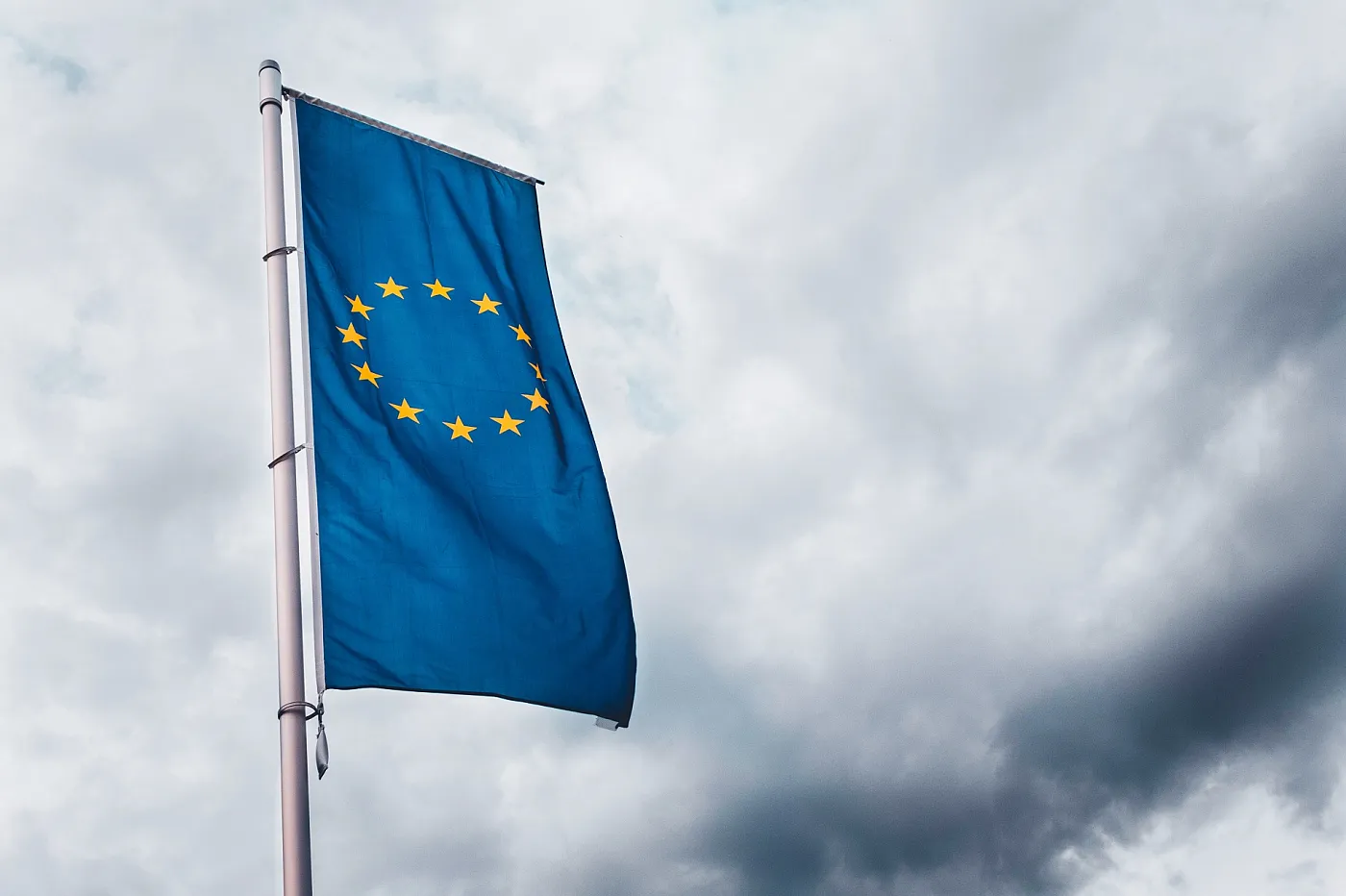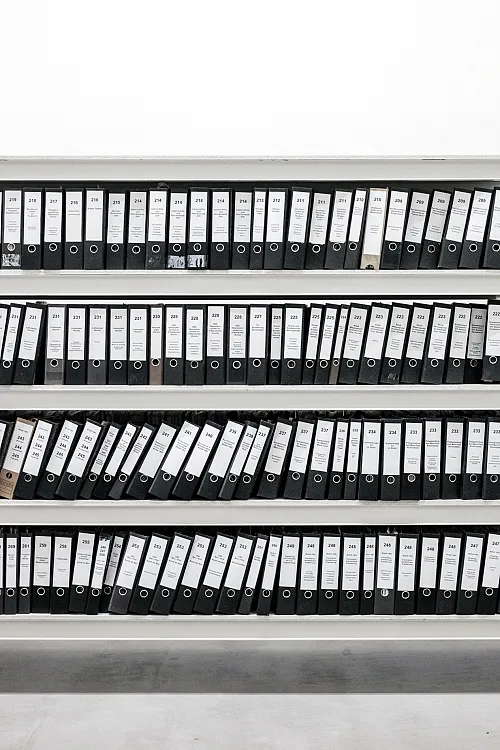Introduction
In a time when there has been large discussion in Portugal around the leniency programme in competition law cases conducted by the Portuguese Competition Authority (“PCA”), we deem it could be appropriate to briefly recall here its main components.
Prior to the entry into force of the current competition act, approved by Law No. 19/2012, of 8 May, the legal framework for granting immunity and reduction from fines in proceedings concerning the infringement of competition rules was governed by Law No. 39/2006, of 25 August. This law was in the meantime repealed by the competition act, which sets out the competition law regime in Portugal and rules on leniency as well (Articles 75 to 82 of the existing act).
We shall now examine some of the distinctive features of the Portuguese leniency programme, comparing them with the outline and fragilities of the previous regime.
Some characteristics of the national leniency programme.
Objective scope
One of the distinguishing aspects of the leniency programme enacted by Law No. 39/2006 was its objective scope. Contrary to the leniency programmes of the European Commission and the European Competition Network, which apply only to cartel infringements, the national legislature was more ambitious and extended the objective scope of leniency to any competition distortive agreements and concerted practices, regardless of their horizontal or vertical nature and the type of infraction concerned.
However, practice has shown that leniency is essentially sought in cartel cases, the only ones so far (and even so there are only 21) in which the programme was used in Portugal so far. Hence, under the competition act the objective scope of leniency was substantially narrowed down so as to cover only cartel-type behavior, i.e. agreements and concerted practices between competitors that are aimed at coordinating their competitive behaviour on the market and/or influencing relevant competition parameters, such as prices and other trading conditions, production or sales quotas or market sharing. The rationale for this restriction is simple: cartels are among the most serious breaches of competition law and those that, by their very secret nature, are more difficult to detect and investigate.
Subjective scope
In this field, the changes brought about by the competition act had the purpose of aligning the subjective component of the leniency programme with the scope of liability provided by law. To this end, eligibility for immunity and reduction of fines is extended to all entities that are called upon to answer in case of infringement. This means that, together with undertakings and members of the respective boards, benefits are also available to individuals responsible for the direction or supervision of areas of activity where an infringement has occurred.
A rule remains in force according to which individuals benefit automatically from a lenient treatment award to the respective company (provided the former cooperate with the PCA), although this is not necessarily true in reverse; if individuals apply for leniency on a personal basis, immunity and reduction will only benefit the applicant. This was what happened, for instance, in the mentioned ‘catering cartel’.
Types of lenient categories
This was one of the areas that was deeply revised by the competition act. Under the previous regime, there were four leniency categories: (i) full immunity, reserved to ‘first-in’ situations in which the applicant provided the PCA with information and evidence of an infringement before the PCA had initiated an investigation relating thereto; (ii) special reduction of a fine above 50%, granted also in ‘first in’ situations, but in this case the elements brought forward were so at a time when the PCA had already started the proceedings but had not yet issued a statement of objections; (iii) special reduction of a fine up to 50%, available when an applicant came in second in the same situation as that mentioned in the preceding category; and (iv) additional reduction of a fine (or ‘leniency plus’), applicable to entities that have applied for leniency in respect of a given infringement and provided the PCA with information and evidence on another infringement in relation to which they would also apply for leniency.
The new leniency programme is closer to the existing programmes at European level, although, in our view, not all amendments may be seen as improvements.
Thus, full immunity now dependents upon usefulness of the elements conveyed to the PCA by the first applicant, with a view to substantiate a decision to conduct searches and seizures or to find an infringement, even if an administrative proceeding is already pending.
Categories pertaining to reduction of fines are no longer limited to the first two applicants. The relevant criterion is now that of significant added value accrued by information and evidences, and the specific amounts of reduction are staggered according to the order in which leniency applications are lodged: a reduction of 30¬50% to the first entity providing significant added value; 20-30% to the second entity; and up to 20% to the subsequent entities. For leniency requests presented after the statement of objections is served, these thresholds are reduced by half.
As a complement to the requirements attached to each of these categories, applicants must also meet with common conditions, such as cooperate fully and continuously with the PCA and bring the infringement to an end.
The broadening of the scope of beneficiaries and the less consideration given to the procedural stage of the proceeding in which the leniency application is submitted are positive factors that enhance the useful effect of cooperating with the PCA. Conversely, we believe eliminating special reductions above 50% and additional reductions of fines are less positive options.
Procedure
The procedure for submitting and handling leniency applications was considerably reviewed when compared to the previous regime, which was particularly inflexible. Applications may now be lodged both in written and in oral form and the means of deliver were also widened. An important innovation is the introduction of a marker system, allowing the applicants to know beforehand their position in the leniency chain.
New rules were also introduced on the sensitive issue of confidentiality of the leniency application and related documents and access thereto by the defendants and third parties, very much in line with the decisional practice of the European Commission and the recent case law by EU courts.
Final remarks
Competition law in Portugal holds today a leniency programme that may be said to be broadly coherent and balanced, and theoretically able to enhance cooperation between companies, individuals and the PCA. This is, however, one of the most controversial and complex instruments to investigate infringements in this field. Its useful effect depends to a large extent from a delicate balance between the several risks at stake (v.g. risk of liability and recidivism), together with the practical challenge of its implementation in countries, such as Portugal, with a reduced economic fabric.

_______________________
1 Referimo-nos ao alegado cartel das cantinas, punido em Dezembro de 2009 (http://www.concorrencia.pt/vPT/Noticias_Eventos/Comunicados/ Paginas/Comunicado_AdC_200924.aspx?lst=1&Cat=2009), e ao alegado cartel dos impressos e formulários comerciais, punido em Dezembro de 2012 (http://www.concorrencia.pt/vPT/Noticias_Eventos/Comunicados/Paginas/Comunicado_AdC_201216.aspx).


